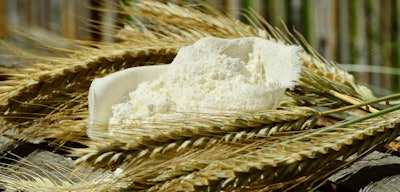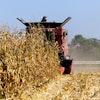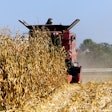
The U.S. flour milling industry experienced a significant downturn in the second quarter of 2025, with both wheat ground for flour and overall flour production declining compared to previous periods, according to data released Thursday by the USDA’s National Agricultural Statistics Service.
The quarterly USDA flour milling report, part of the Current Agricultural Industrial Reports program, showed a 3.2% decrease in wheat ground for flour compared to the first quarter of 2025 and a 4.1% drop from the same period last year.
Total flour production fell by 2.8% quarter-to-quarter, marking the first decline after five consecutive quarters of growth, the report indicated.
“These figures suggest the industry is facing renewed challenges despite showing resilience over the past year,” said an industry analyst familiar with the USDA NASS flour milling data. “The decline comes at a time when operational costs continue to rise across the sector.”
The report highlighted regional variations, with mills in the Midwest experiencing the steepest production declines at 4.7%, while Western operations showed more modest decreases of 1.9%.
Despite the production slowdown, the US flour milling industry maintains a market size of $14.9 billion, with exports showing a 23% year-over-year increase, partially offsetting domestic challenges.
Industry experts point to several factors contributing to the decline, including production efficiency issues, energy cost increases, and the impact of tariffs on wheat sourcing. The implementation of 30% tariffs on Chinese imports has resulted in approximately $100 million in additional costs to the sector.
The 24-hour milling capacity utilization rate fell to 86.2%, down from 89.5% in the previous quarter, indicating that mills are adjusting production volumes in response to market conditions.

















